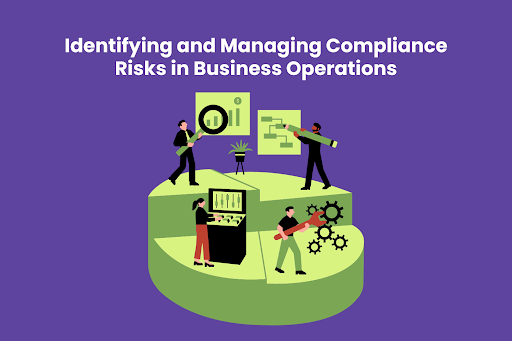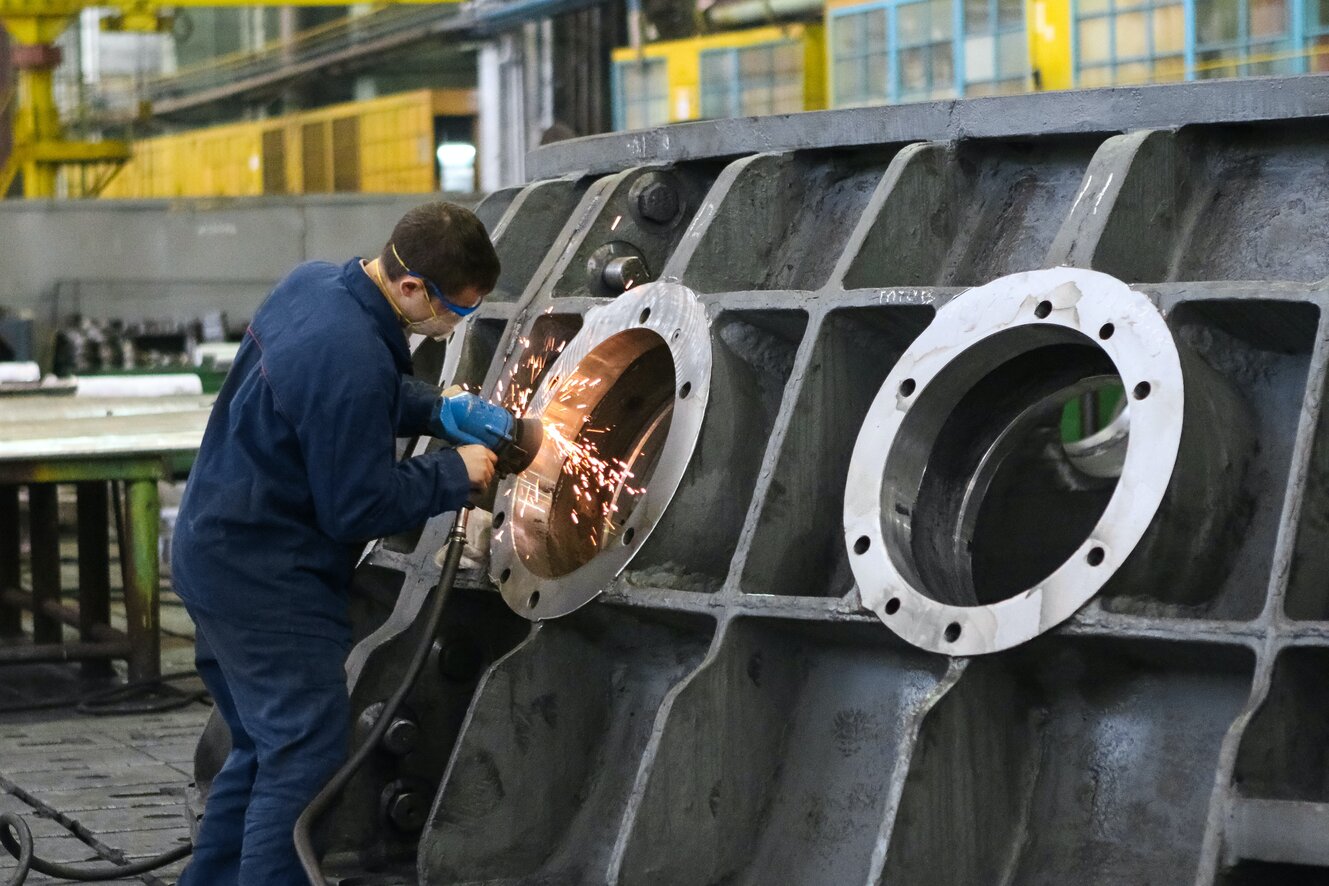
Symptoms of workplace burnout can leave employees feeling exhausted and demoralized. Any issue in this condition can seem unbearable. Everything seems so difficult and it can be hard to muster the strength to accomplish something. Because of the seriousness of the issue, employers should take a preventative approach. Changing the work environment appropriately allows burnout employees to gain back their balance and feel positive and hopeful again. This is where Green Palette Kitchen wellness programs may be able to help.
Understanding Workplace Burnout
A person reaches a burnout state when they feel too exhausted emotionally, mentally, and physically. Typically, it is triggered by extended and excessive work-related stress where a person feels overwhelmed because of their workload’s constant demand or the work environment itself.
When an employee is burnt out, they won’t be able to meet what’s expected of them and without sufficient energy, they may feel vulnerable, resentful, and hopeful. Over time, this workplace issue can negatively affect a person’s social, work, and home life. When an employee is overly stressed, their productivity and work performance suffer. A great workplace cares for its workers and positions employee engagement to improve significant business outcomes. Because of these possible consequences, it’s imperative to be mindful of the early signs of workplace burnout. This way, action can be taken to remedy it.
Symptoms of Burnout
A person may be burnt out when they feel exhausted, begin to hate their job, and think they are no longer capable at work. Also, they may have a problem concentrating and may feel detached. Burnout because of work does not occur overnight. It can happen gradually and its symptoms may not be apparent right away. The following are common symptoms of burnout:
- Anxiety and stress. Constant stress can be a sign of workplace burnout, particularly if an employee continues to deal with it even after leaving work. Often, the stress comes from the job but some factors contribute to it including the tendency to want things to be done perfectly, a negative view of one’s self, and the intent to be in control.
- Physical illness. When the human body is under stress, it releases chemicals called cortisol. This chemical prepares the muscles of the body for the fight-or-flight response, pulling resources away from internal organs. While the body may be able to handle this temporarily, constant stress can cause one’s health to deteriorate. In addition, some people may experience physical symptoms of burnout such as shortness of breath, palpitations, and fainting spells.
- Physical exhaustion. If a person is stressed, they can feel tired all day or awake at night. Stress can cause insomnia, which minimizes productivity and causes more stress. It will diminish the desire of an employee to learn and grow. And when they suffer from burnout symptoms, the majority of their mental focus and energy is on everyday survival, not growing for the future.
Solutions
To minimize burnout in the workplace, employees and managers should discuss the burnout factors that contribute to the situation. Different situations and sources including teams, systems, structures, leaders, workspaces, and managers cause burnout and impact it in various ways. So, companies must concentrate on the following when they deal with it:
- Making well-being a part of the work culture. Prioritizing well-being and offering resources for workers to live healthier lives help them take care of themselves better. Workers encourage their colleagues to live productive, healthy, and meaningful work life. Also, they support each other as they pursue their desired work-life balance.
- Helping managers take action. Managers generate positive work experiences for employees and find ways to minimize work stress. They have to set clear expectations, get rid of barriers, make sure employees get the support they need, and facilitate collaboration. They can remedy burnout and prevent further employee stress. So, managers must be educated about it, positioned to concentrate on the people they handle, hired as the right fit, and given sufficient support.
Designing employee experience. Improving the experiences of employees can help deal with it. This experience covers interactions with the company, the constant aspects shaped by their relationship with managers, the value they offer to the team, their role’s clarity, their well-being, and their workspace. Making improvements in these aspects can help prevent or address employee burnout.

Your go-to source for the latest in tech, finance, health, and entertainment, with a knack for distilling complex topics into accessible insights, We deliver timely updates on the ever-evolving landscapes of technology, finance, health, and entertainment








